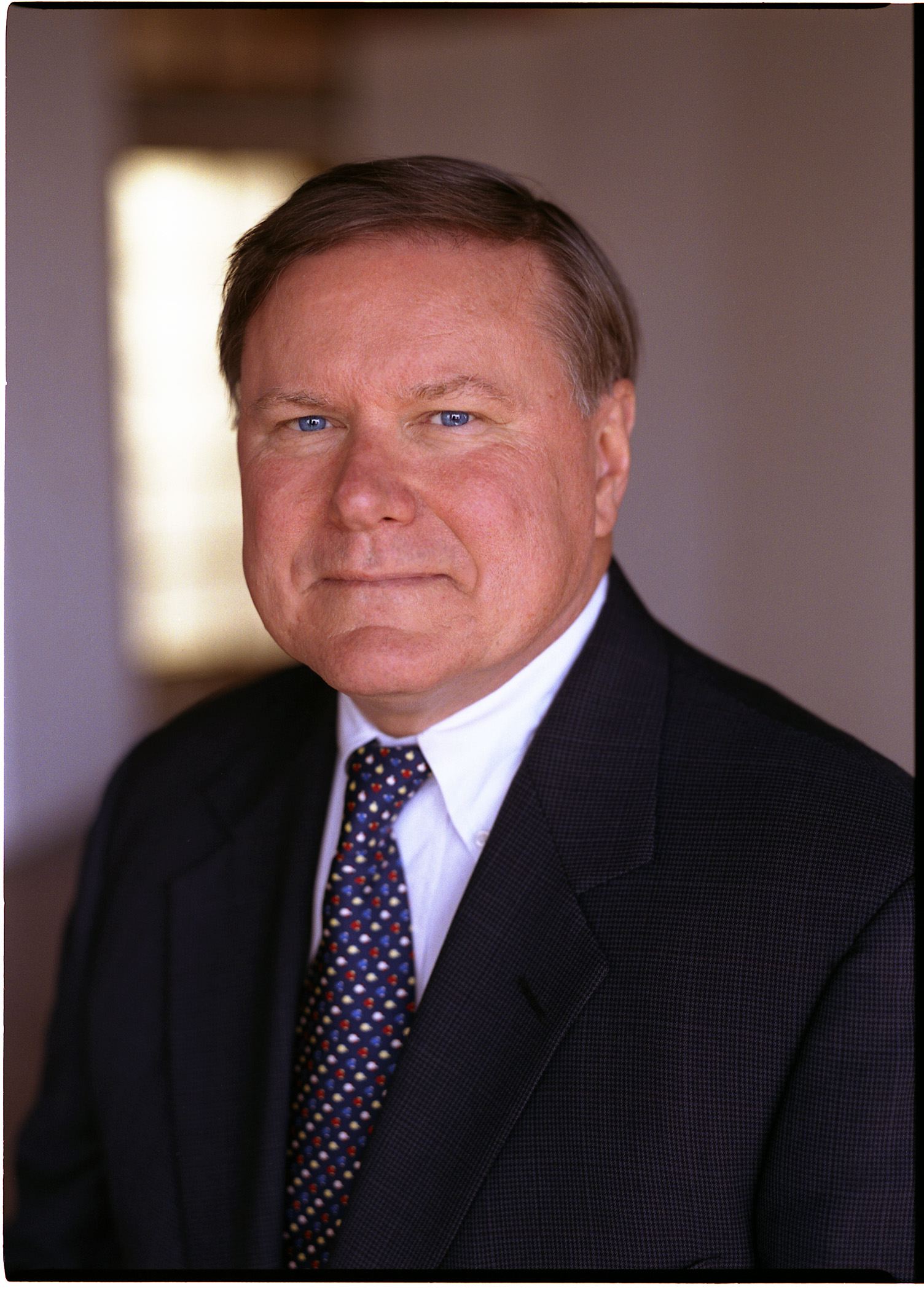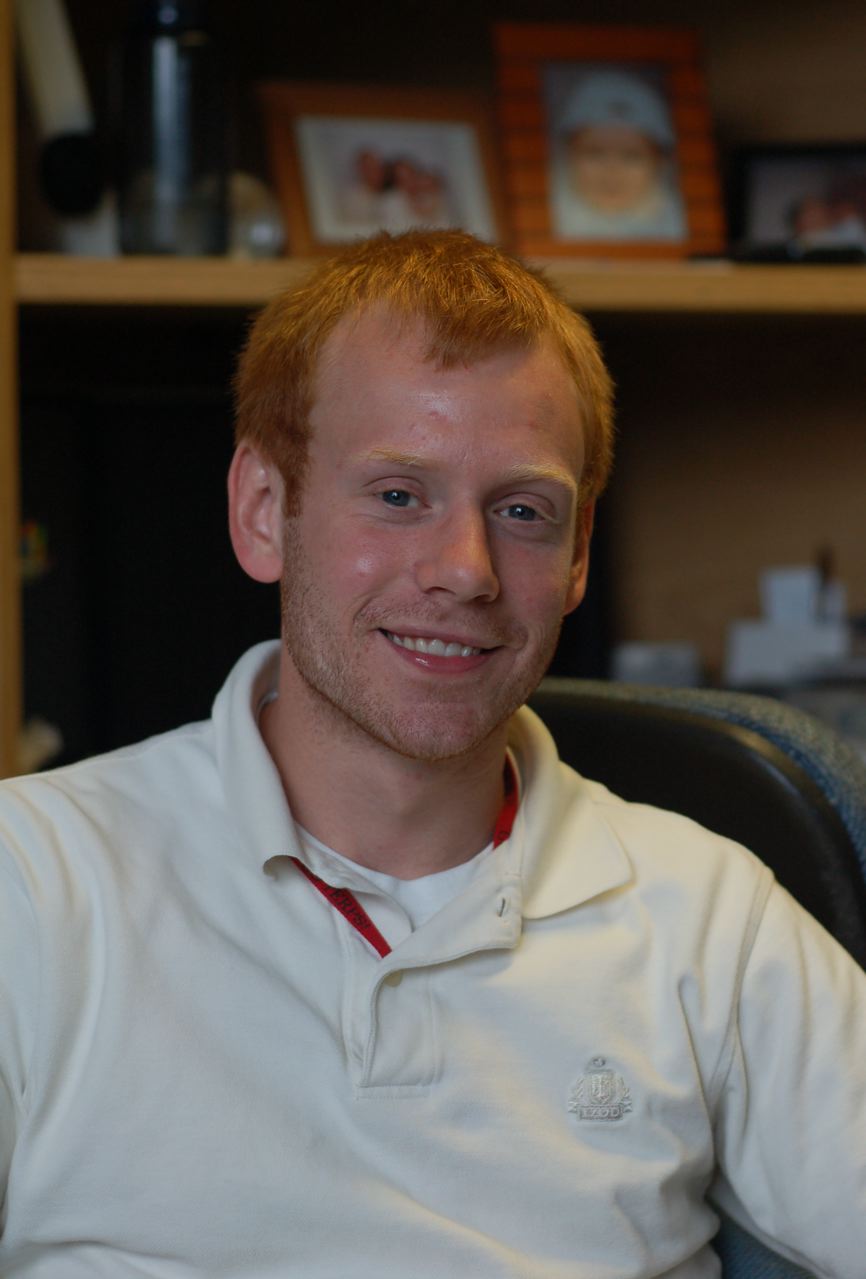Don Cohen, Managing Editor
When Megan was fourteen years old, she started to have trouble swallowing and keeping food down.  The family general practitioner examined her and ordered some tests. Finding nothing obviously wrong, he assured Megan and her parents that the problem would take care of itself. But Megan’s digestive problems got worse. She went to one specialist who prescribed an antibiotic that had no effect. Other doctors were baffled. Then her parents took her to the Hospital for Sick Children in Toronto. Soon after she was admitted, three specialists entered Megan’s room together: an internist, an allergist, and a gastroenterologist. They had all studied her records. They asked a few questions and examined her. Then they shared their ideas.
The family general practitioner examined her and ordered some tests. Finding nothing obviously wrong, he assured Megan and her parents that the problem would take care of itself. But Megan’s digestive problems got worse. She went to one specialist who prescribed an antibiotic that had no effect. Other doctors were baffled. Then her parents took her to the Hospital for Sick Children in Toronto. Soon after she was admitted, three specialists entered Megan’s room together: an internist, an allergist, and a gastroenterologist. They had all studied her records. They asked a few questions and examined her. Then they shared their ideas.
The allergist said he was sure the problem was not a food allergy.
“I think it’s an infection,” the gastroenterologist said.
The internist agreed and thought he knew why the earlier course of antibiotic treatment had not worked. Within five minutes, the three physicians agreed on a diagnosis and a treatment—a particular antibiotic effective against the unusual infection she had contracted. Her rapid recovery proved them right.
This true story illustrates the value of a multidisciplinary approach to difficult problems, the theme of several articles in this issue of ASK. The knowledge of people from different fields working together can combine to generate ideas that individuals or groups with a shared specialty are unlikely to come up with. So, for instance, the varied members of the Human System Risk Forum (Judith Robinson’s “Human System Risk Management”) arrive at a solution that members of a cardiovascular research lab couldn’t see from their necessarily limited perspective. Similarly, the different viewpoints Barry Goldstein describes bringing together in “Working with a Team of Zealots and Skeptics” ensured that Phoenix’s entry, descent, and landing processes got a more knowledgeable and rigorous examination than either group alone would have provided. Matthew Kohut’s article about the IDEAS course and Svetlana Shkolyar’s “Conquering Space by Capturing Imaginations” both show how important a role diversity of ideas plays in innovation.
There is more to reaping the benefits of diversity than throwing dissimilar people together. Ed Hoffman’s “From the Director” column discusses the skills needed to turn a diverse group of people into a successful team. The manager of a multidisciplinary project team must understand enough about the varied technical specialties of members to earn their trust and make informed decisions about the value of their contributions (as well as foster trust and communication among team members). The project leader also helps keep the group focused on the team’s goals and the practical realities of schedule and cost—the project basics Steve Goo talks about in “Staying Focused on Fundamentals.”
The interview with scientist Charles Kennel looks at similar issues of coordination and communication in a different context: the development of a system of Earth-observing satellites and the challenge of making the information they provide accessible and useful to both scientists and politicians.
Finally, Piers Bizony makes a case for a multidisciplinary approach broad enough to include artists. His “Viewpoint: The Bigger Pictures” suggests that we need artists, writers, and musicians to capture the emotional complexity of space flight, to show the public why we do it and win their support for future exploration.









